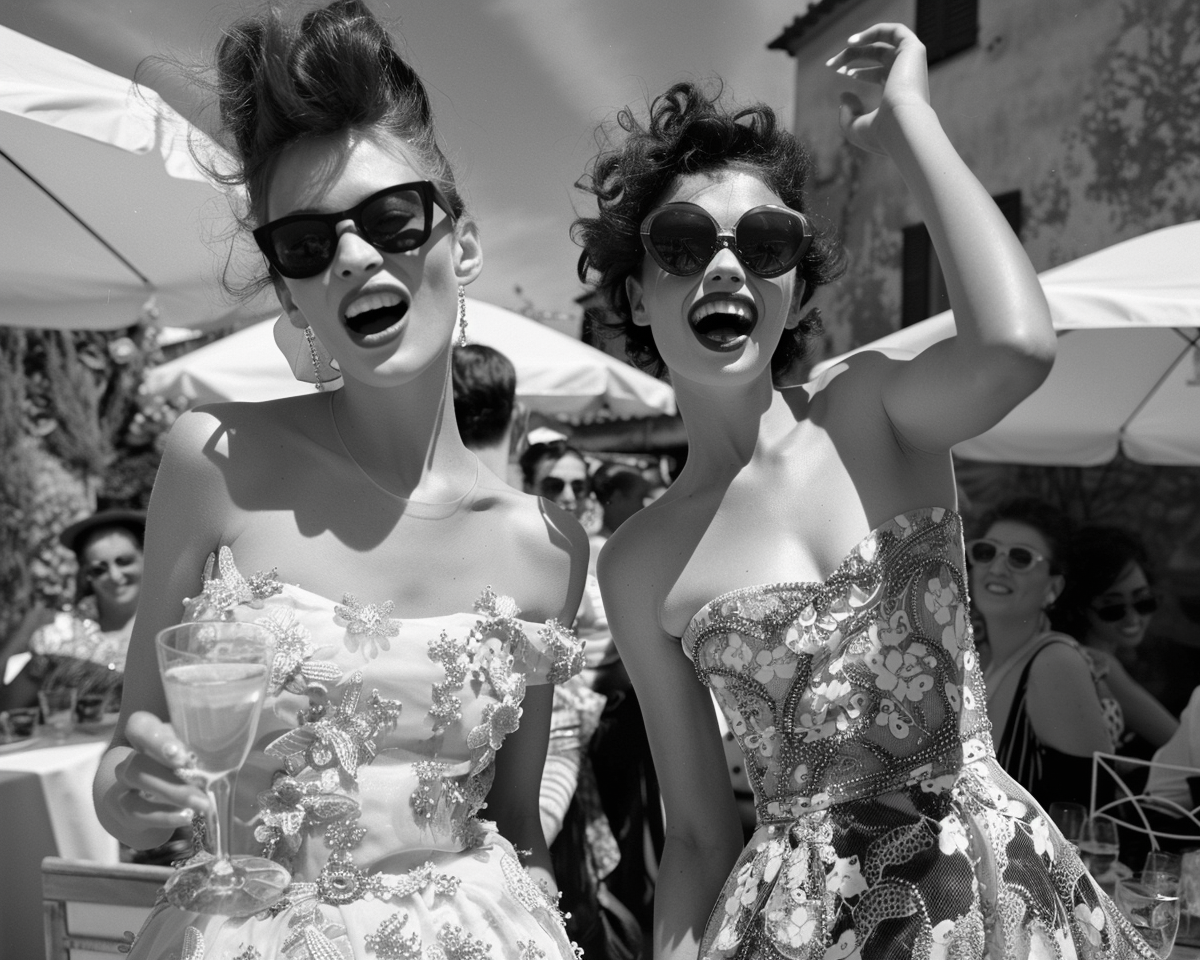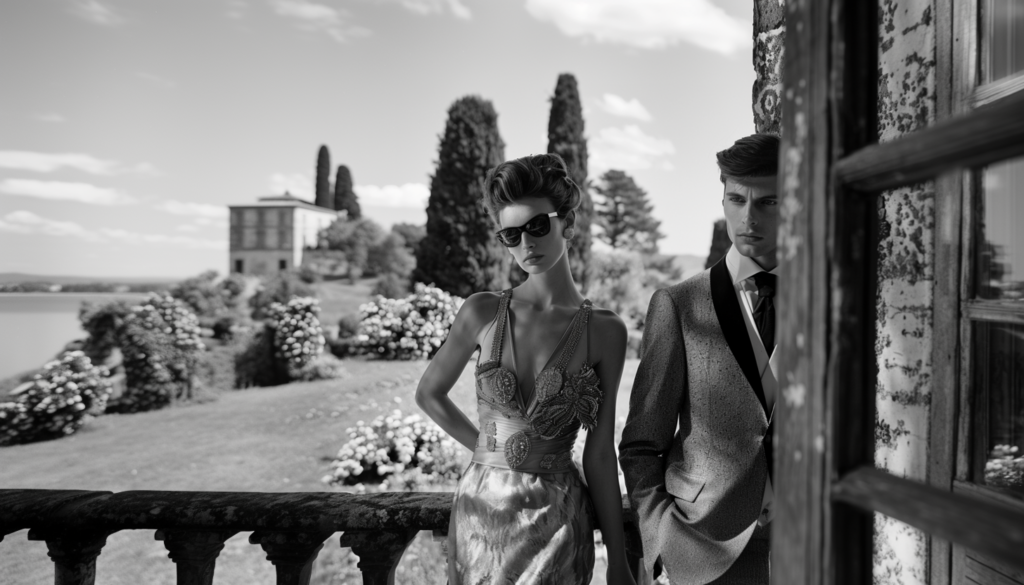Can You Wear a Short Dress to a Wedding? Wedding Planner Reveals The Truth

Standing in front of your closet wondering “can you wear a short dress to a wedding” is a common dilemma that many wedding guests face. The answer isn’t always straightforward, as modern wedding traditions continue to evolve beyond strict formal dress codes.
While you can wear short dresses to a wedding as a guest in many cases, the appropriateness depends on several key factors. The venue, time of day, and specified dress code all play crucial roles in determining whether your shorter hemline will be suitable for the celebration. As a wedding planner, I’ve seen both successful and questionable short dress choices, and I’m here to help you navigate this fashion decision with confidence.
A Wedding Planner’s Guide to Short Dress Etiquette
Short dresses have found their place in modern wedding celebrations, but understanding proper etiquette remains crucial. A short dress specifically refers to any hemline that sits above the knee. Furthermore, the appropriate length should reach your fingertips at minimum to maintain elegance and respect for the occasion.
Modern wedding dress codes have evolved significantly since the 1920s, when hemlines first began to rise. Accordingly, today’s celebrations embrace a broader range of styles, from traditional formal wear to contemporary cocktail attire. This shift reflects changing social norms and the increasing personalization of wedding celebrations.
The venue and timing play pivotal roles in determining dress appropriateness. For instance, outdoor garden weddings and beach ceremonies naturally accommodate shorter hemlines. Specifically, daytime weddings welcome brighter colors and shorter lengths, whereas evening events call for darker hues and more sophisticated styling.
To maintain proper etiquette, consider these essential guidelines:
- Opt for luxe fabrics like lace, chiffon, and silk for formal settings
- Choose deeper hues and textured fabrics for evening events
- Avoid relaxed fabrics like linen or cotton for upscale celebrations
The time of day significantly influences dress code expectations. Afternoon ceremonies typically allow for lighter colors and less formal styles, but evening weddings demand elevated choices in both fabric and design. Additionally, religious venues often require more conservative lengths, so always check specific requirements beforehand.
When You Can Confidently Wear a Short Dress
Short dresses shine at certain wedding venues and times, making them an excellent choice for specific celebrations. Understanding these occasions helps you confidently select the perfect short dress that matches the event’s atmosphere.
Daytime garden weddings
Garden weddings present ideal settings for shorter hemlines. These outdoor celebrations call for light, breathable fabrics and fun prints that complement the natural surroundings. A flowy sundress or a tea-length option works particularly well, allowing you to move freely through garden paths and grassy areas. Indeed, garden ceremonies often embrace a more relaxed dress code that welcomes shorter styles.
Beach ceremonies
Beach weddings naturally welcome shorter dresses, as they align perfectly with the casual, breezy atmosphere. The key lies in choosing appropriate fabrics and styles that suit the seaside setting. Light, airy materials work best, moreover, you’ll want to avoid anything too structured or formal. Notably, beach weddings often feature a unique color palette – think pastels and tropical prints rather than dark, formal hues.
Cocktail receptions
Cocktail receptions offer the most flexibility for wearing short dresses. These semi-formal celebrations welcome sophisticated shorter styles, especially when following these guidelines:
- Choose sumptuous fabrics like lace, tulle, or satin
- Opt for tea-length or knee-length styles rather than micro-minis
- Balance shorter lengths with modest necklines and appropriate coverage
- Select dressy sandals or block heels for comfortable movement
The venue’s atmosphere sets the tone for your dress choice. For instance, a daytime formal wedding allows for lighter colors and breezy fabrics, whereas cocktail events welcome more structured, sophisticated short dresses. Remember that even in these dress-friendly settings, the key lies in selecting styles that maintain elegance without overshadowing the celebration’s formality.
When to Skip the Short Dress Option
Certain wedding celebrations demand longer hemlines, making short dresses inappropriate choices. Understanding these occasions helps avoid fashion missteps and ensures respect for traditional ceremonies.
Black-tie events
Black-tie weddings call for elevated formal attire, primarily floor-length gowns that don’t reveal the ankles. These celebrations generally take place after 6:00 PM, setting strict expectations for guest attire. Although modern interpretations exist, a sophisticated cocktail dress might work only if it hits mid-calf or below.
For black-tie occasions, guests should focus on:
- Selecting sumptuous fabrics like silk, organza, or Mikado
- Choosing darker hues for evening formality
- Avoiding hemlines that hit above the knee
Religious ceremonies
Religious weddings, particularly Catholic ceremonies, maintain strict dress codes that discourage short dresses. Consequently, these venues require careful attention to modesty and traditional values.
The length of your dress should extend beyond your fingertips when your arms rest at your sides. Nevertheless, if you’re attending a religious ceremony, consider these essential guidelines:
- Avoid dresses with plunging necklines or exposed shoulders
- Skip designs with cutouts around the abdomen
- Test skirt length while sitting – thighs should remain covered
- Bring a trendy shawl for shoulder coverage
Religious venues uphold traditional values, making it crucial to respect their dress code requirements. Generally, church ceremonies demand proper attention to fashion choices, focusing on modesty without sacrificing style.



